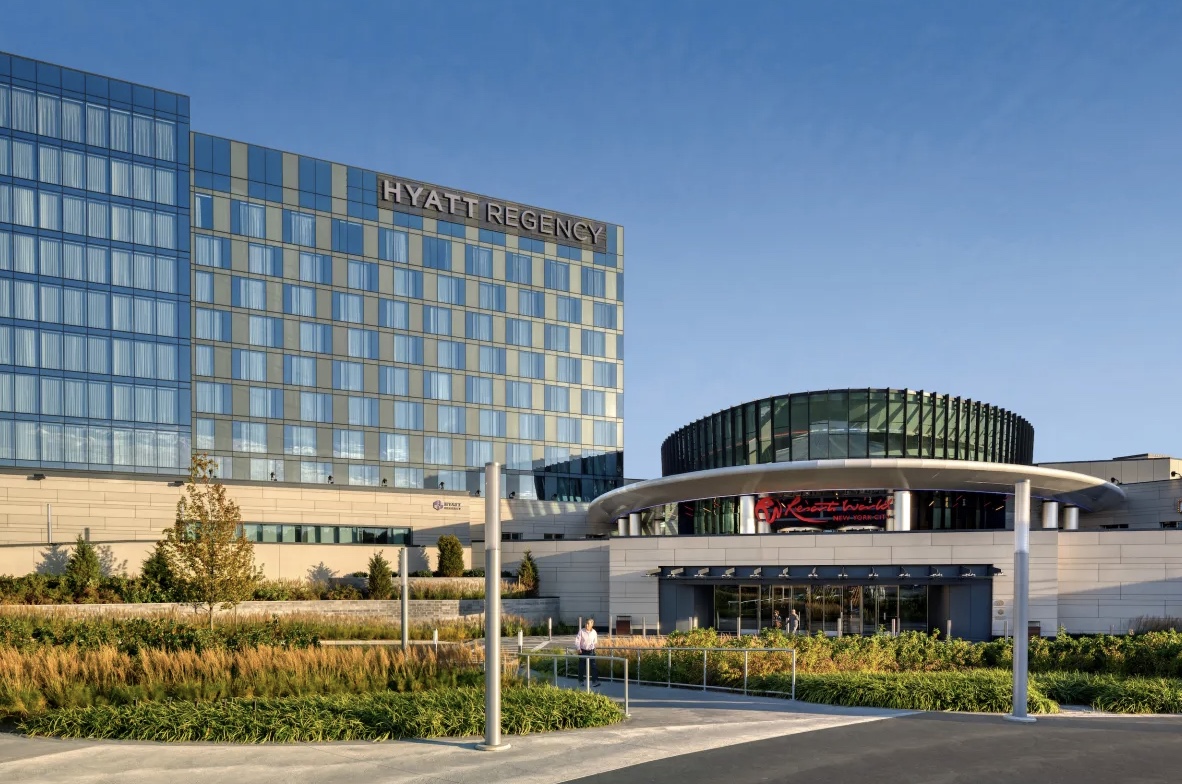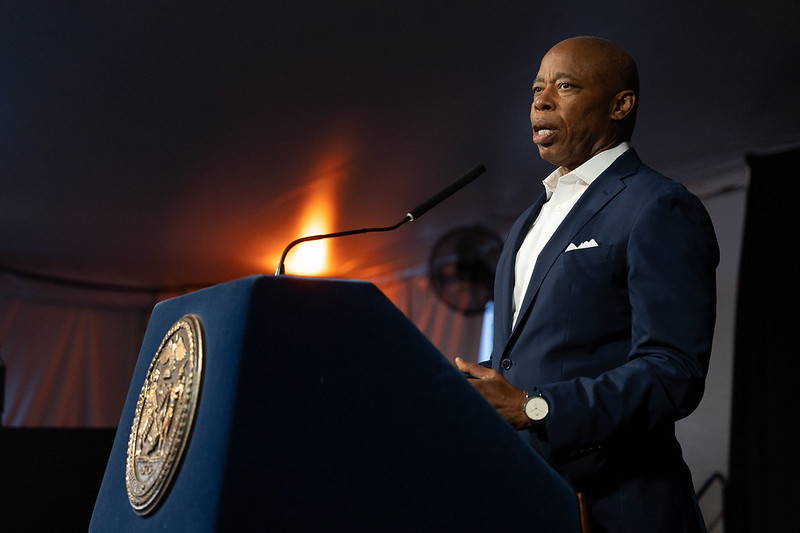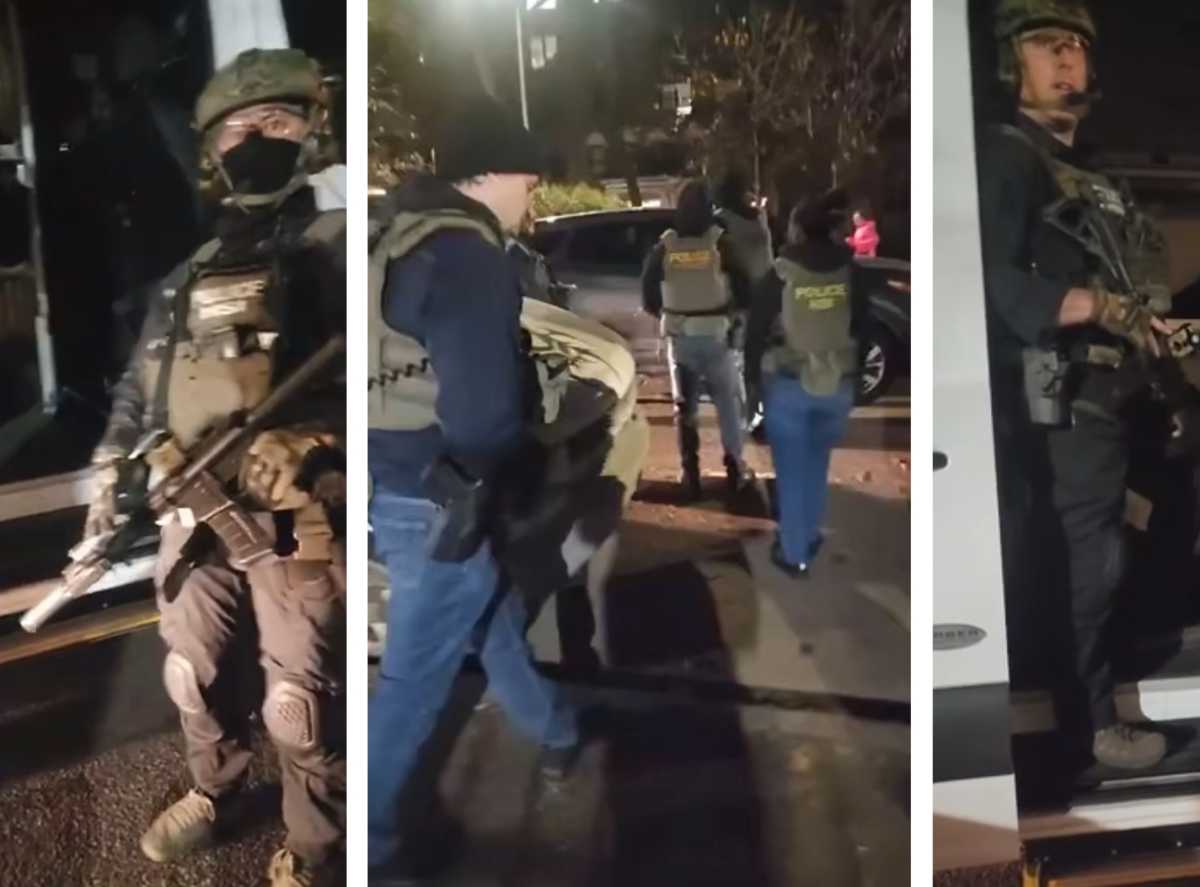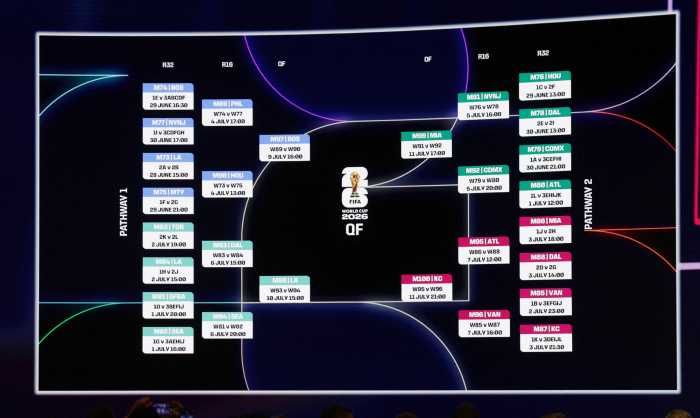As more residential towers rise in Long Island City and downtown Flushing becomes a blueprint for large-scale housing development, the pressure on the transit system to move more people is mounting.
Some elected officials are questioning whether the borough’s subway lines, particularly the overcrowded No. 7 train, can support an influx of new residents across northern Queens.
Priced-out Brooklyn defectors are crossing the border in droves for better real estate deals in Ridgewood, where the M train will be shut down, as well as in Middle Village, for critical repairs next year. Some 60,000 straphangers will have to fall back on buses and whatever supplementary service the MTA can supply. But the alternative routes are guaranteed to be slow.
The Rockaways, where the A train link suffered devastating damage from Hurricane Sandy, needs other options. The restored subway offers the longest commute in America to desperate peninsula riders, who lost the ferry to Manhattan back in late 2014 when the city decided it cost too much to run.
Last week, Mayor Bill de Blasio announced a new ferry operator had been selected to run the service from the Rockaways, Astoria and southern Brooklyn to Manhattan. The water transport is scheduled to launch next year, but state Sen. Joseph Addabbo is still worried that the Rockways may not get their fair share after years of transit neglect.
State Assemblyman Phil Goldfeder has introduced a budget proposal in Albany to force the MTA to conduct a feasibility study on reviving the Rockaway Beach line, which ran from Rego Park through Ozone Park across Jamaica Bay to the Rockaways. It was closed in 1962.
The Ozone Park community is deeply divided over what should be done with the abandoned line. Some want to turn the old track bed into a High Line for Queens—in short, parkland—while others are pushing to have train service restored between mainland Queens and the peninsula, where 115,000 people live.
With subways covering only one third of the borough, buses and cars have an outsized role to play. But Select Bus Service, which requires dedicated lanes, has drawn fire in some sections of Queens because motorists are opposed to sharing any space on already crowded thoroughfares. The MTA plans to introduce 2,000 ultra-modern buses over the next five years, with 75 headed to Queens this year.
For many, Queens is an oasis—a respite from the madding crowd in Manhattan— but it also sits in a transit desert and must have better public transportation to thrive.


































